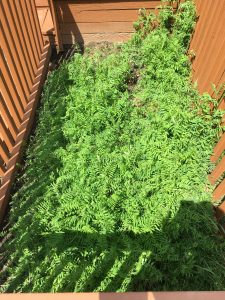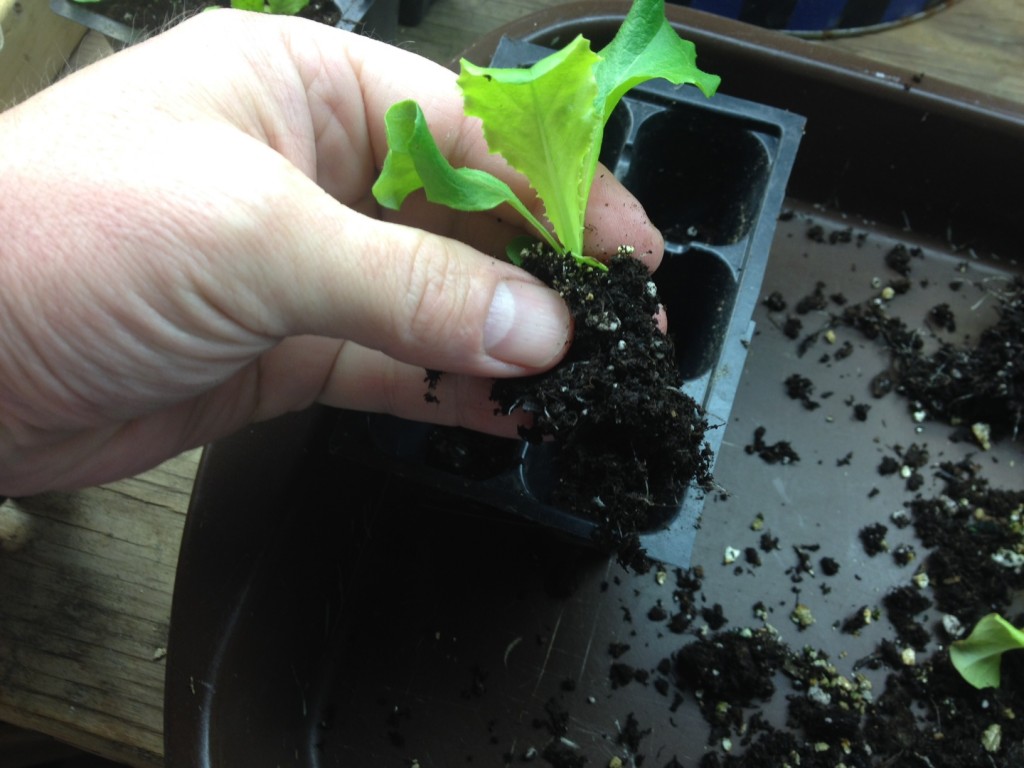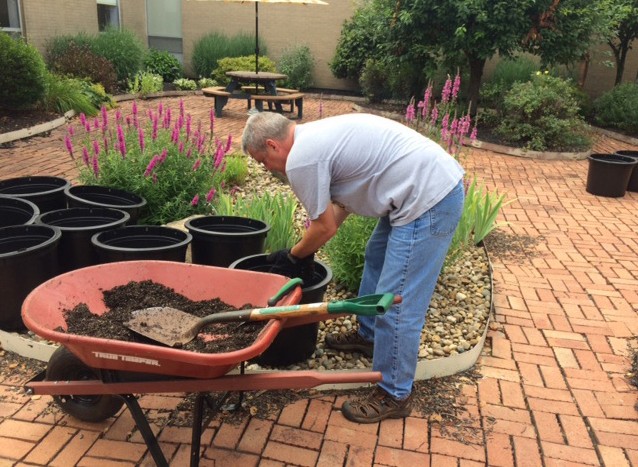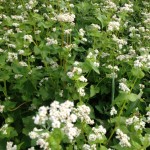Wow… it’s almost February already! As we have progressed past the harshest part of winter (hopefully), it’s time to think more about fruit production and items necessary to promote good plant growth. Grapes, brambles, blueberries, apples, peaches, pears, etc., all need pruned in the next few weeks if you haven’t already finished them. I’ve added some pictures below to help determine what the finished product might look like. Good pruning for sunlight, air penetration and spray coverage is a key to good fruit production.
Grapes before pruning Grapes after pruning
Blackberries before pruning Blackberries after pruning
Blueberry before pruning Blueberry after pruning
Apple or Pear pruning cuts Peach or Cherry pruning for open center
Tree fruit producers should also be thinking about dormant oil sprays and/or copper applications if fire blight was severe last year in your trees. Oils…only apply when temperatures are above 40°F, never during freezing weather (read the label). Timely applications of any insecticide or fungicide is necessary if you want to get the full benefit of using them, so plan now and have the correct products ready to use as needed. Also remember, pesticide resistance management is something we all need to guard against. Read the labels of any pesticides being used and rotate to other products as listed on the labels.
Black Rot in Grapes– I have many homeowners who contact me each year, as fall approaches, saying their grapes are turning black and shriveling up just about the time they start to ripen. This is a problem that must be controlled in the spring as the new vines are growing. The period from immediate pre-bloom through 3 to 4 weeks after bloom is the most critical period for controlling black rot. New growth, no larger than seen in the picture below, is the time to start spraying. Two fungicides, Mancozeb (ex. Bonide Mancozeb 37%) or Mycobutanil (ex. Immunox Fungicide) are products that control black rot. Be sure to read the label for proper application rate, preharvest interval and timing between sprays. If sprays are not made (missed), an improper rate applied or complete coverage is not obtained, you cannot expect to get satisfactory disease control of black rot.
A great resource for home growing fruit producers is OSU Bulletin 780, Controlling Diseases and Insects in the Home Fruit Plantings. Pick one up from your local OSU Extension Office.
2018 is well underway. Are you ready for a productive fruit growing season? Let’s get ready to prune!

































